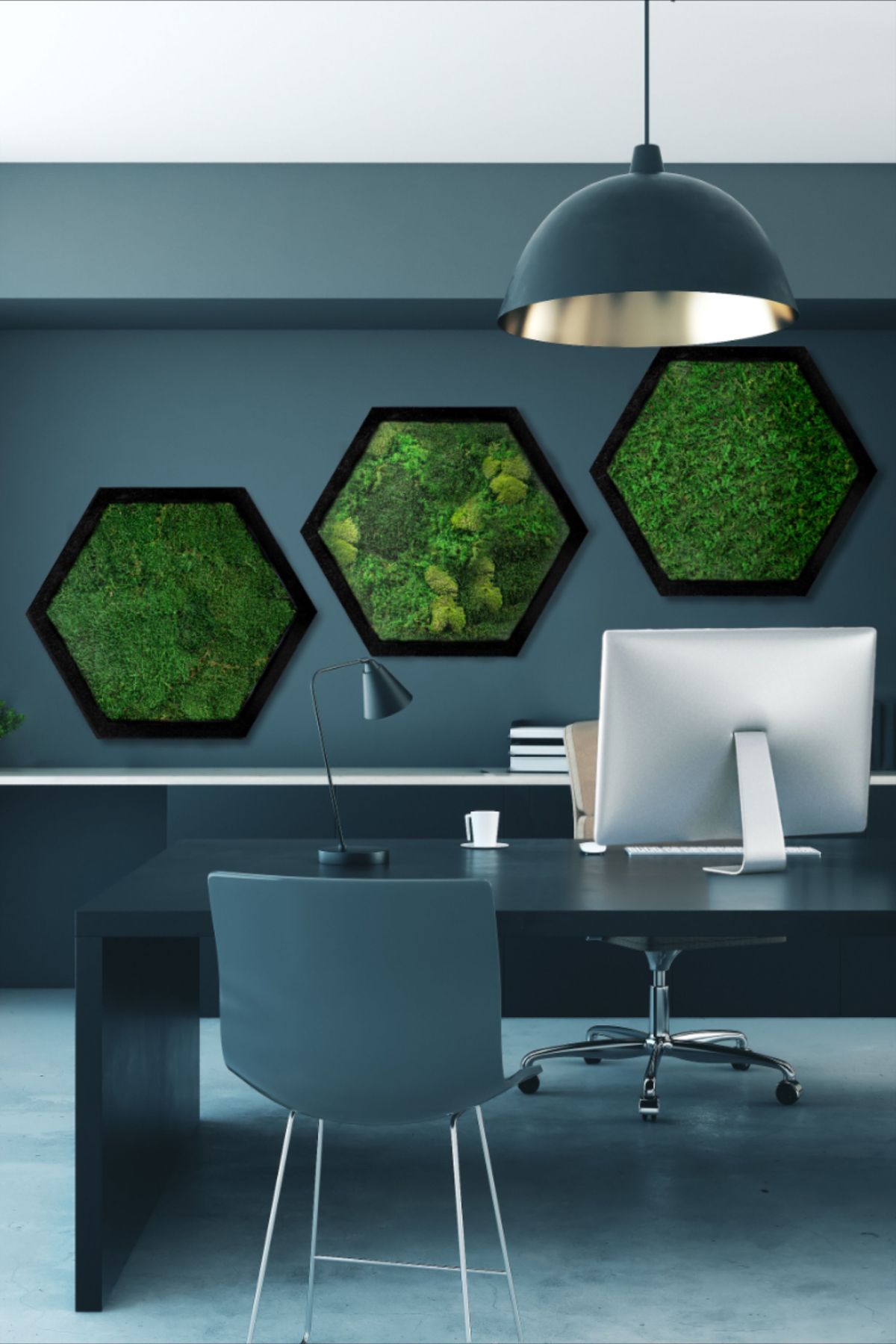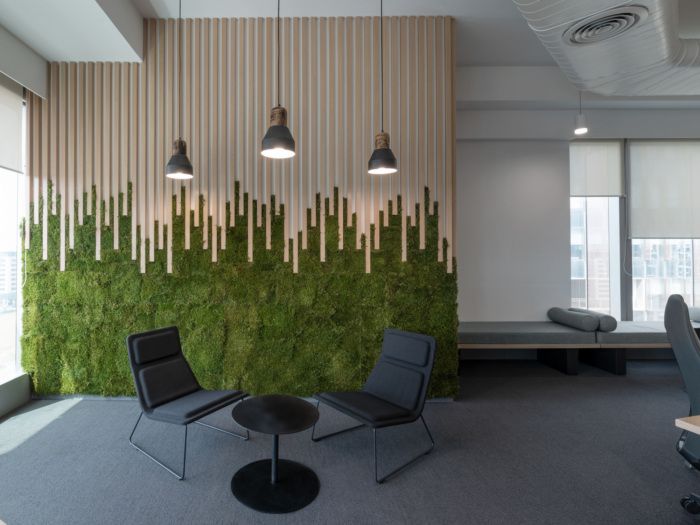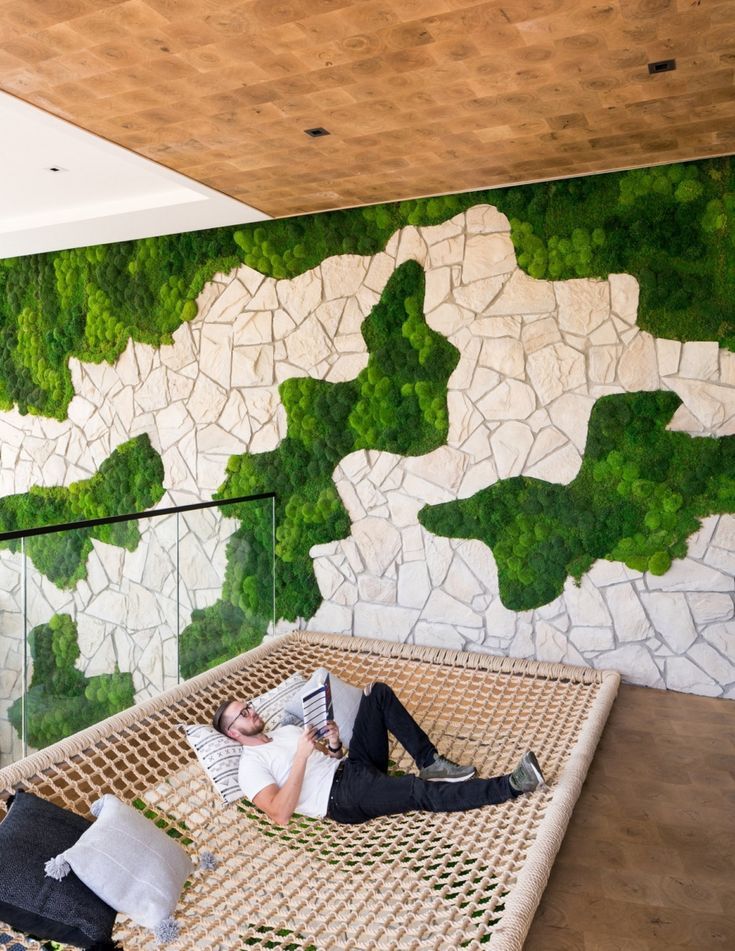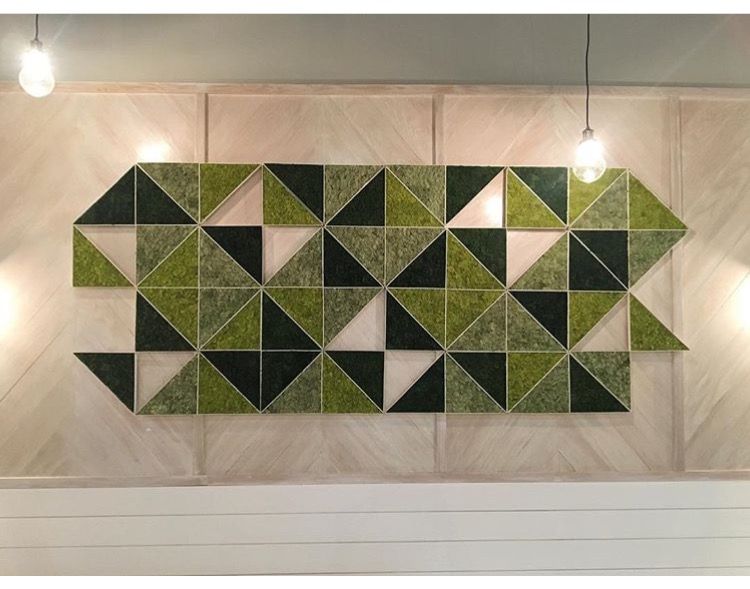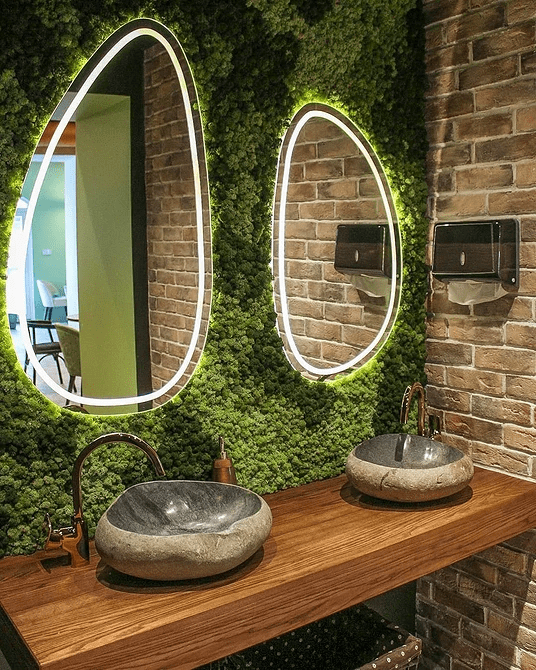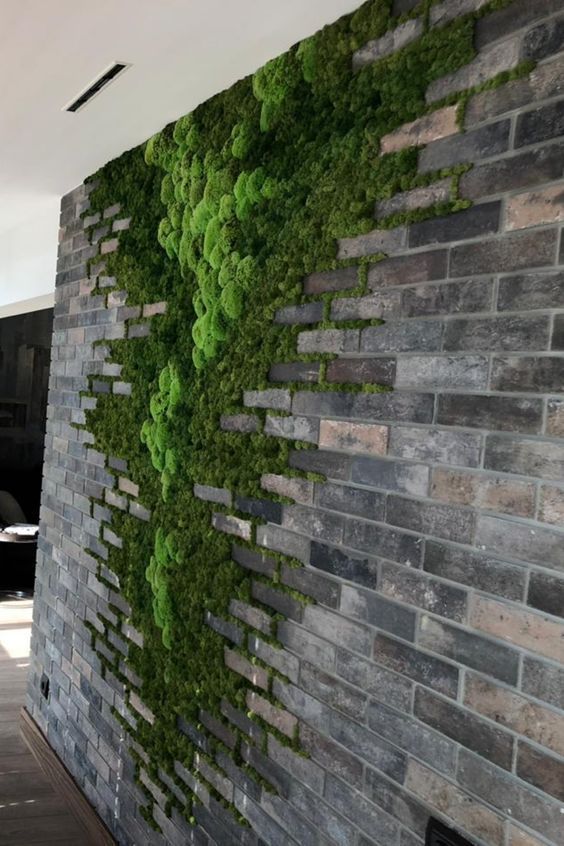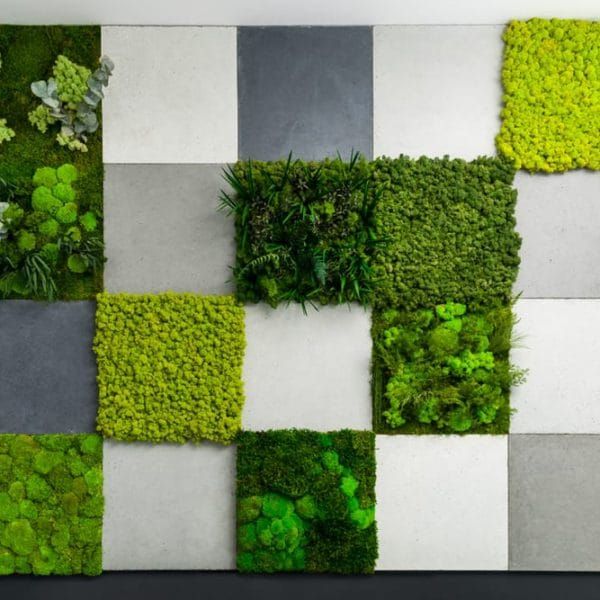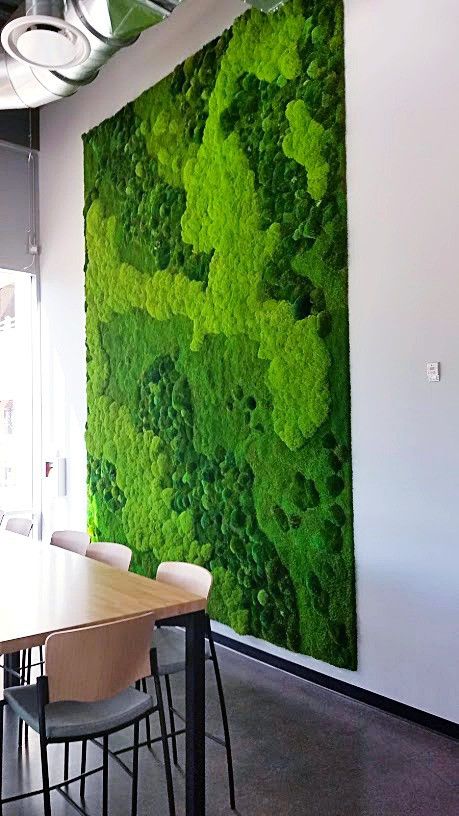Vertical gardening has become popular in recent years. Vertical gardening is a method of growing plants in a natural and organic way. Vertical gardening not only provides an aesthetic appearance, but also environmental benefits with its vegetation.
Vertical gardens can be installed on the inner or outer walls of buildings, garden walls, private fences, climbing frames, balconies or terraces. Vertical gardens are a great option for those with a small space and can make a big impact even with just a handful of plants.
Vertical gardening is being embraced by landscape designers, architects and environmentalists. Vertical gardens offer many advantages. First of all, by covering the outer walls of buildings, they save energy by increasing the insulation of buildings. By covering building roofs, parking lots and outdoor seating areas, vertical gardens provide natural shade and reduce extreme temperatures in summer.
Vertical gardens also clean the air and reduce CO2 levels in buildings, streets and urban areas. Thanks to the plants absorbing water, some of the rainfall returns to the soil and contributes to groundwater resources. Vertical gardens also provide a natural habitat and increase the diversity of wildlife.
Vertical garden service is a service that specializes in the design, installation and maintenance of vertical gardens. This service includes experts such as design specialists, garden maintenance technicians and landscape designers to create vertical gardens customized to clients' needs.
The vertical garden service can assist clients in plant selection and care, provide information on water and fertilizer requirements, design irrigation and drainage systems for surfaces, and offer other services necessary for the proper growth and development of plants.
Modular Vertical Garden Systems
Modular vertical gardening systems are a flexible and innovative way of growing plants vertically. These systems consist of modules of different sizes and shapes, allowing different types of plants to be grown.
They are often used in various places such as gardens, terraces, balconies, apartments, offices and other indoor and outdoor spaces. These systems allow plants to grow vertically, saving space and offering an aesthetic appearance at the same time.
Modular vertical gardening is mostly made of plastic, metal or wood materials. These systems have a structure in which the modules are formed by combining them in the desired dimensions. These modules are box-shaped structures, each of which is placed on top of each other and forms the desired number of layers. Soil, plants and water are placed inside these boxes.
Modular vertical garden systems are an ideal option for those with limited space for growing plants. These systems allow plants to be displayed in an aesthetic way, while also providing environmental benefits.

